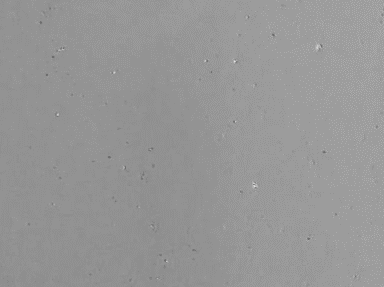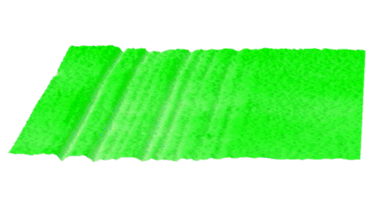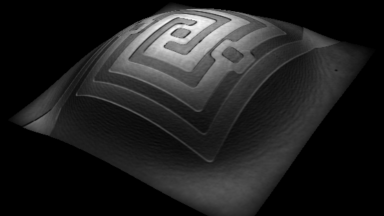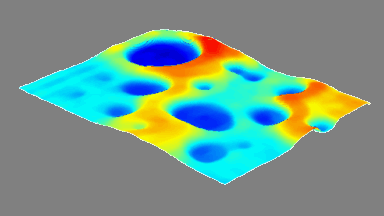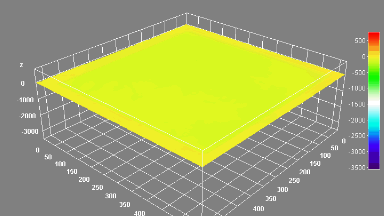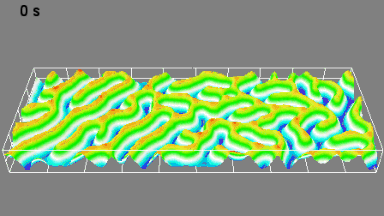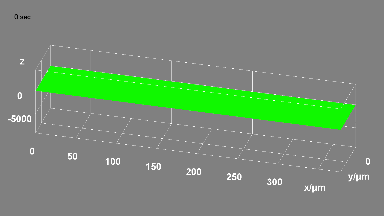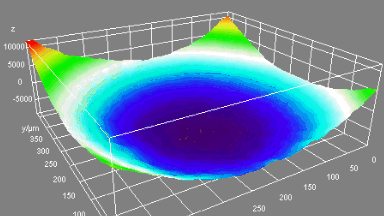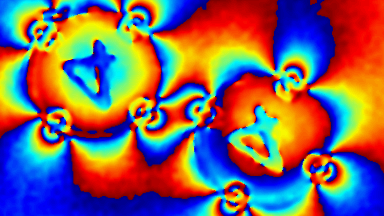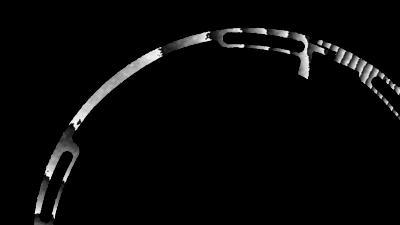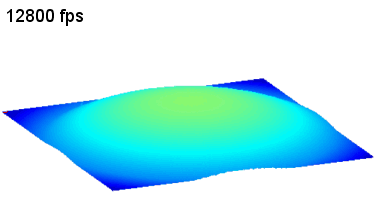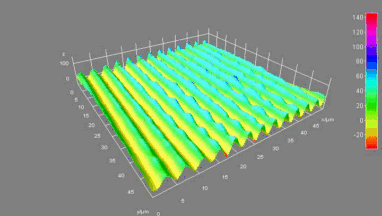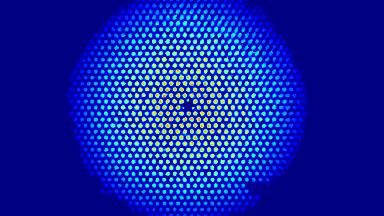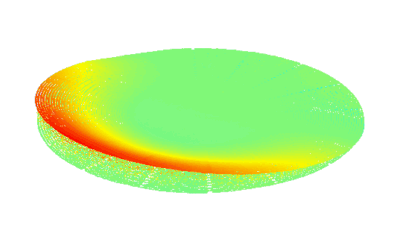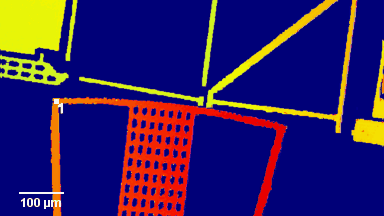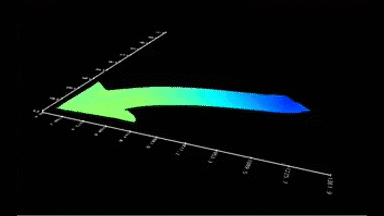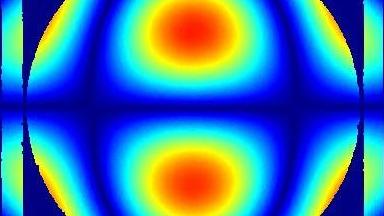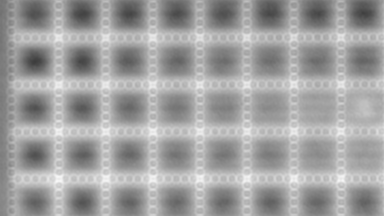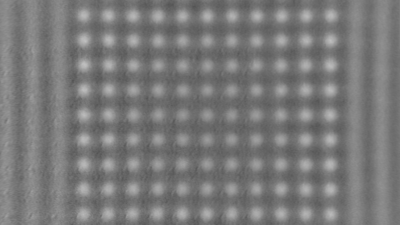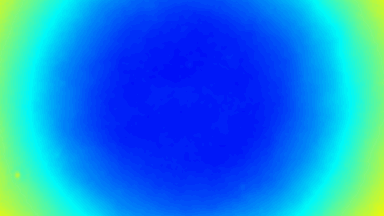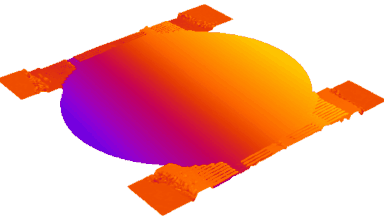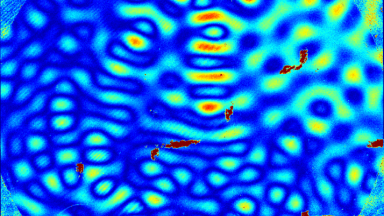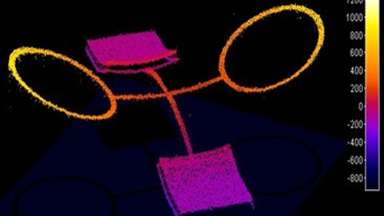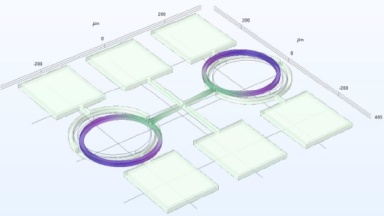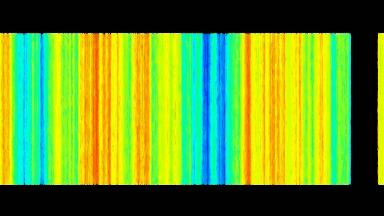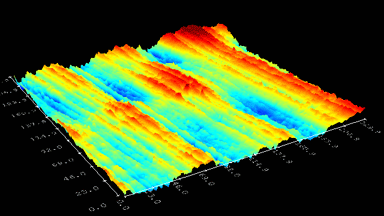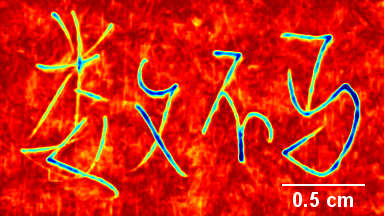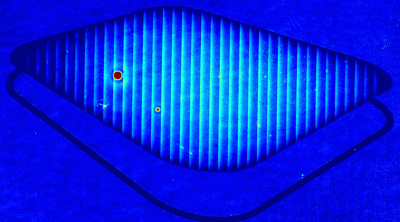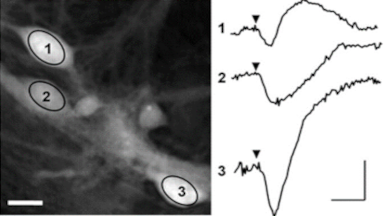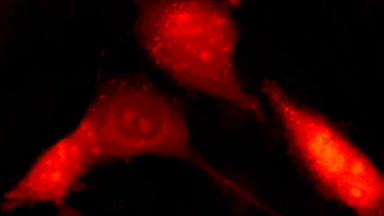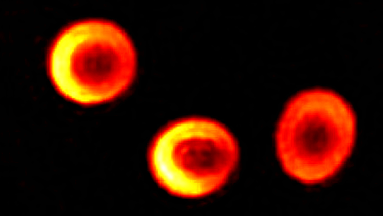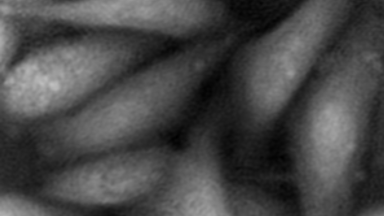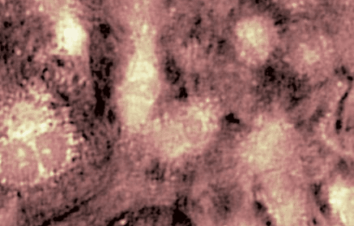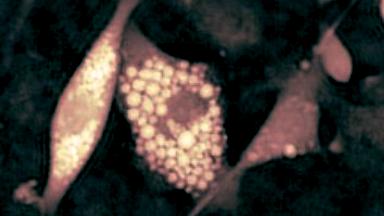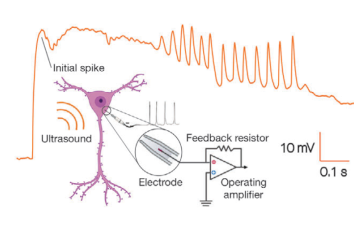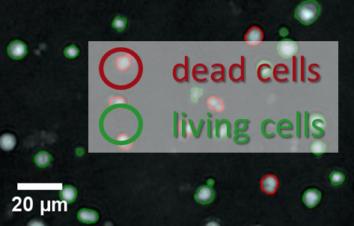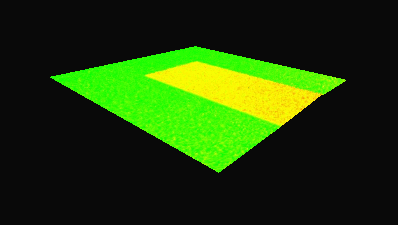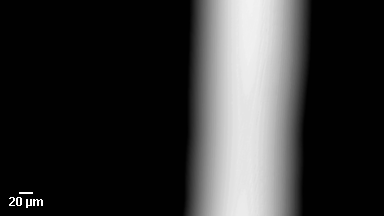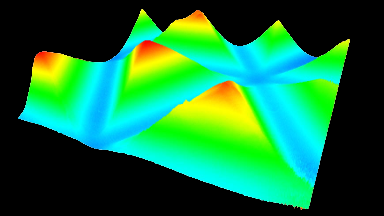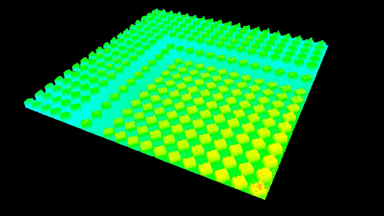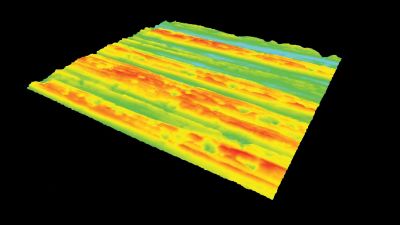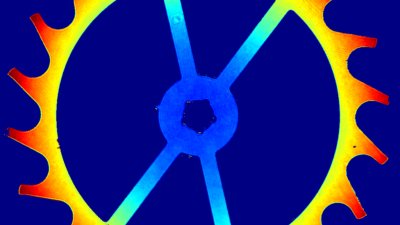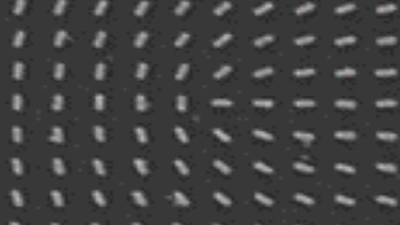4D tribology
In situ measurement of wear track
4D tribometer is the latest advancement of traditional tribology, enabling in situ measurement of the wear track by DHM®. In this application, a high vacuum high temperature tribometer with topview from Anton Paar is integrated with DHM® to observe in situ and in real-time the evolution of the track wear.
In order to record images at exactly the same position on the rotating sample surface without stopping the tribometer, an external trigger was deployed to synchronize camera shutter with tribometer rotation to ensure the successive acquisition of each rotation lap.
Description
- Courtesy of : EMPA – Swiss Federal Laboratories for Materials Science and Technology
- Material : Metal (100Cr6 steel)
- 4D tribometer:
- DHM 2100
- High vacuum high temperature tribometer with topview from Anton Paar
- Frame rate : Synchronized with rotation speed of the tribometer
- Objectives: 20x
Publication:
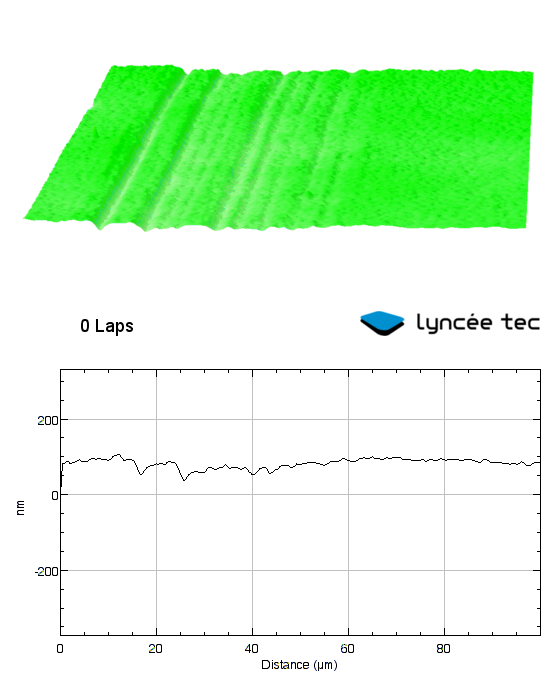

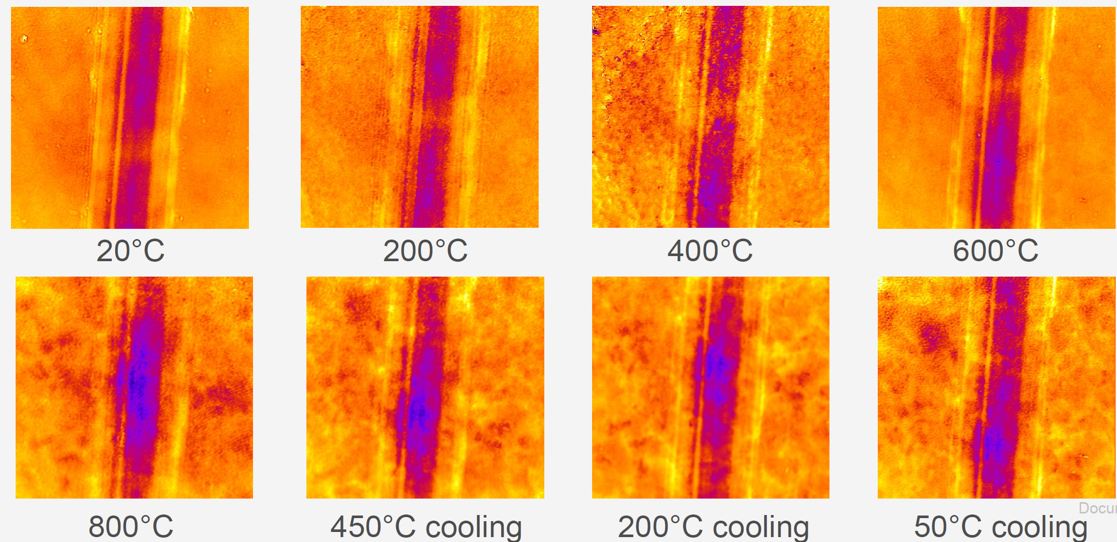
Live topography
Unique live 3D acquisition with DHM® enables to measure surface finish changes during a dynamical experiment.
The DHM® technology provides an ideal method for measurement during an experiment, where timing is critical and in extreme conditions.
This acquisition of a field of view of 330μm x 330μm has been performed with a DHM®-R2100.
Immersion measurement:
Friction/wear experiment was conducted using specific oil as lubricant requiring the objective to remain immersed during the acquisition. The DHM® technology and its unique optical configuration allow the use of an adapted objective for oil immersion from standard optical microscopy to measure with optimal optical quality.
Non-scanning measurement
An ideal method to study the effect of a sliding ball on a surface by acquiring in a single shot the topography of the surface after each round of the sliding ball. Not only is the variation of surface finish, i.e. the wear, observed, but also the delamination of the coating on the entire field of view with a single shot. The friction force is measured during each sliding round and can be simultaneously combined with the modification of the surface finish.
Publication
